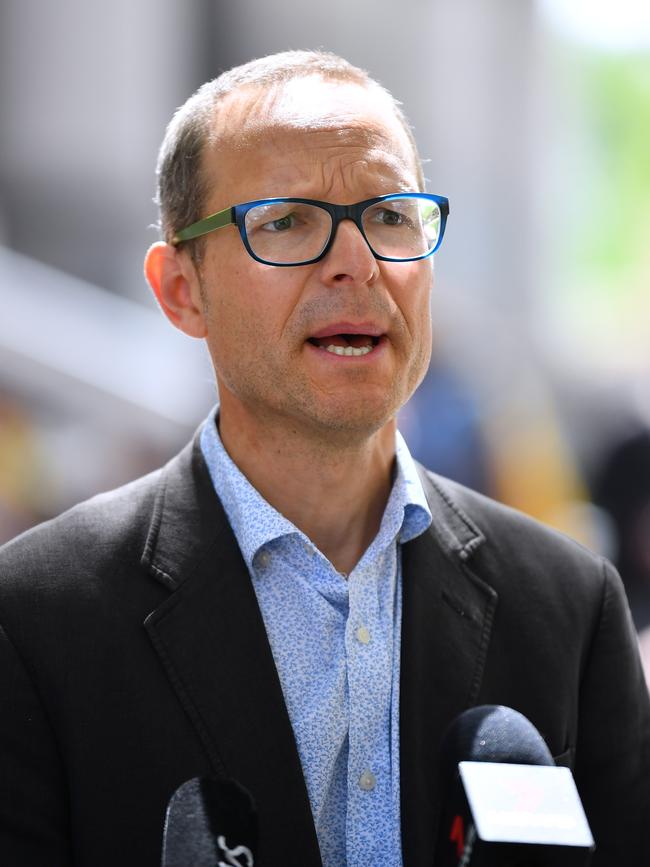Taylors Wines in Clare Valley commits to slashing emissions by 2030
A Clare Valley winery has set an ambitious carbon goal by becoming the first independent Aussie winery to commit to halving its emissions by 2030.
SA News
Don't miss out on the headlines from SA News. Followed categories will be added to My News.
Amid calls to slash fossil fuels and boost solar, Taylors Wines, in the Clare Valley, has become the first independent Australian winery to commit to halving its emissions by 2030.
Revegetation work, improvements to irrigation and solar power upgrades are among the winery’s projects to slash its carbon footprint.
It comes as Premier’s Climate Change Council chairman Martin Haese says the state is in a strong position to export its green products – and nation-leading green economy expertise – to the world.
Taylors Wines director Clinton Taylor said his company wanted to be a good environmental steward, working in a way that benefited future generations.
“We feel the need to reduce our emissions to play our part in the big picture,” he said.
“Being primary producers, we want to look after our environment because we take from the land.”

The company has signed up to the Science Based Targets Initiative, aiming to halve its greenhouse gas emissions by 2030, in line with the Paris Agreement target to limit climate change to 1.5C.
That target forges a pathway for the winery to become net-zero by 2050.
The Science Based Targets Initiative is a partnership of organisations including WWF (formerly World Wide Fund for Nature) and the World Resources Institute, which sets emissions-reduction goals.
Taylors Wines has already been planting native species around the Wakefield River Catchment, where the Auburn property is located.
Other projects have included introducing automated irrigation equipment, reducing electricity loads, cutting water consumption, and installing solar panels and energy-efficient lighting.

The company’s commitment comes amid a report from the United Nations Intergovernmental Panel on Climate Change (IPCC) on Monday that found the planet was very likely to warm by 1.5C in the early 2030s.
In response to the findings, Conservation SA chief executive Craig Wilkins said the state must prioritise cutting fossil fuel use, including stopping any new oil and gas projects.
Increasing the take-up of electric vehicles was also vital, he said, through scrapping a proposed road user charge and introducing incentives such as loans for the vehicles.
“There is a still a narrow pathway to avoid a full-blown climate catastrophe but only if we make immediate, deep and sustained emissions reductions,” Mr Wilkins said.

Energy and Mining Minister Dan van Holst Pellekaan said the state government had committed to the most ambitious climate targets in Australia. They included a 50 per cent emissions cut by 2030 and reaching net-100 per cent renewable energy the same year.
Mr van Holst Pellekaan said the planned interconnector would be a “freeway” for green energy produced in SA and exported to NSW, potentially bringing a $5bn renewable energy boom.
Work on the interconnector will begin later this year.
Mr Haese said renewable energy would make major inroads to cutting emissions. He said SA also had a role to play in helping other states and countries reduce their carbon footprints, through sharing products and expertise in renewables, eco-tourism, green steel and agriculture.
“It’s extraordinary what SA has achieved in the uptake of renewables,” Mr Haese said.
“Globally, we need to leverage off that achievement and really become a solutions provider for other national and worldwide markets.”
michelle.etheridge@news.com.au




